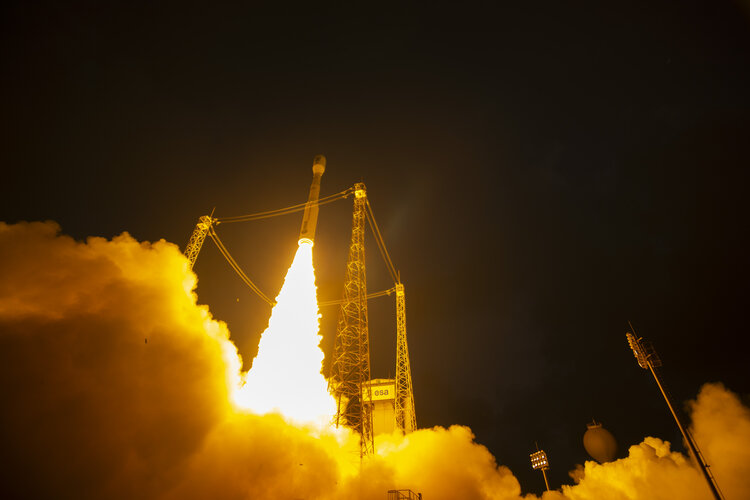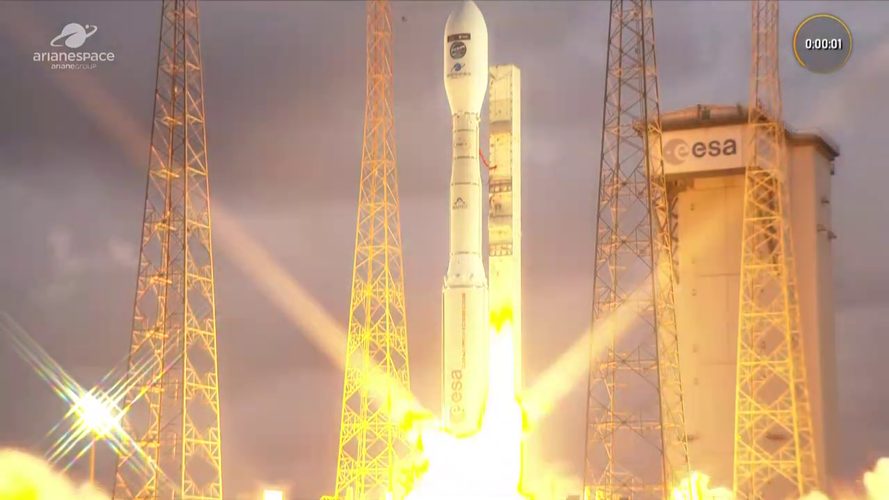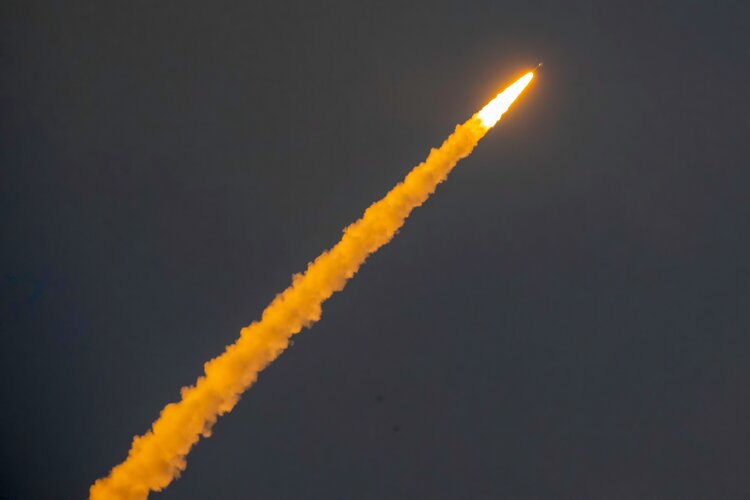
Copernical Team
SpaceX launch Wednesday marks record 24th flight of booster
This request seems a bit unusual, so we need to confirm that you're human. Please press and hold the button until it turns completely green. Thank you for your cooperation!
Press and hold the button
If you believe this is an error, please contact our support team.
185.132.36.159 : 7d26553d-ddd1-42ee-81c0-2f1ec024
Could we use an asteroid to shield astronauts on their way to Mars?
This request seems a bit unusual, so we need to confirm that you're human. Please press and hold the button until it turns completely green. Thank you for your cooperation!
Press and hold the button
If you believe this is an error, please contact our support team.
185.132.36.159 : ad99b555-5822-4ba6-a476-a4991e5b
European satellites launched to create artificial solar eclipses in a tech demo
This request seems a bit unusual, so we need to confirm that you're human. Please press and hold the button until it turns completely green. Thank you for your cooperation!
Press and hold the button
If you believe this is an error, please contact our support team.
185.132.36.159 : 3266fad4-8d5c-411e-8ae8-50a0bfe7
NASA's stuck astronauts hit 6 months in space. Just 2 more to go
This request seems a bit unusual, so we need to confirm that you're human. Please press and hold the button until it turns completely green. Thank you for your cooperation!
Press and hold the button
If you believe this is an error, please contact our support team.
185.132.36.159 : 1006f3c8-ad79-4c10-a110-e431a5c8
Europe's troubled Vega-C rocket to launch after delays
This request seems a bit unusual, so we need to confirm that you're human. Please press and hold the button until it turns completely green. Thank you for your cooperation!
Press and hold the button
If you believe this is an error, please contact our support team.
185.132.36.159 : be11582b-abe1-409a-ae88-258b7bdf
SpaceX satellite launch from Kennedy Space Center tops off three launches in 30 hours
This request seems a bit unusual, so we need to confirm that you're human. Please press and hold the button until it turns completely green. Thank you for your cooperation!
Press and hold the button
If you believe this is an error, please contact our support team.
185.132.36.159 : 46141b52-e5ce-425e-970b-b31be932
Space station trajectory data now available
This request seems a bit unusual, so we need to confirm that you're human. Please press and hold the button until it turns completely green. Thank you for your cooperation!
Press and hold the button
If you believe this is an error, please contact our support team.
185.132.36.159 : 25a612cf-e6ad-4c0a-9289-05850e82
Radar mission takes to the skies
 Image:
Radar mission takes to the skies
Image:
Radar mission takes to the skies Relive Sentinel-1C on Vega-C launch
 Video:
02:31:24
Video:
02:31:24
The third Copernicus Sentinel-1 satellite, Sentinel-1C, launched aboard a Vega-C rocket, flight VV25, from Europe’s Spaceport in French Guiana on 5 December 2024 at 22:20 CET (18:20 local time).
Sentinel-1C extends the legacy of its predecessors, delivering high-resolution radar imagery to monitor Earth’s changing environment, supporting a diverse range of applications and advance scientific research. Additionally, Sentinel-1C introduces new capabilities for detecting and monitoring maritime traffic.
The launch also marks Vega-C’s ‘return to flight’, a key step in restoring Europe’s independent access to space. Vega-C is the evolution of the Vega family of rockets and delivers increased performance, greater payload volume and improved competitiveness.
Week in images: 02-06 December 2024

Week in images: 02-06 December 2024
Discover our week through the lens
































